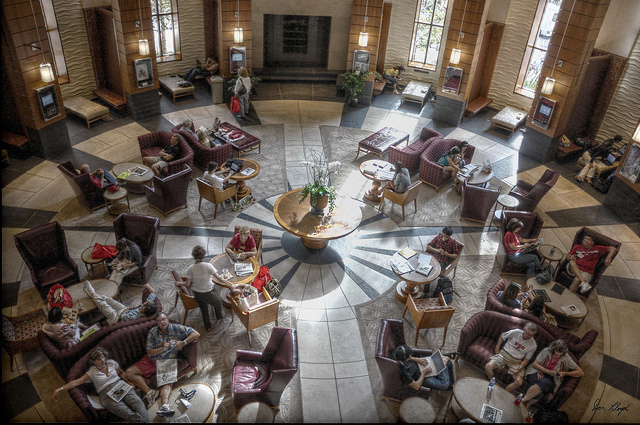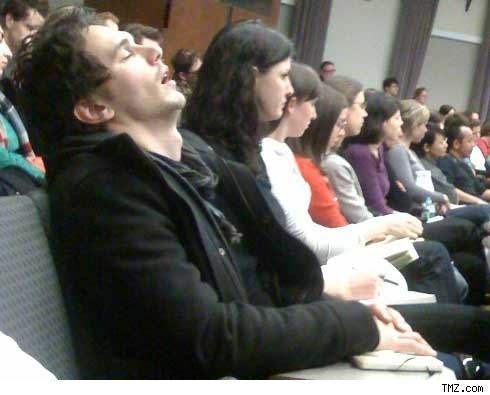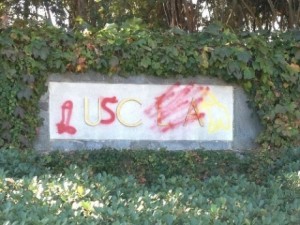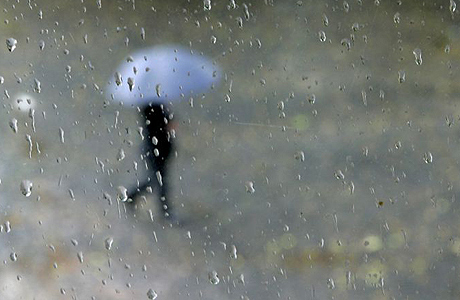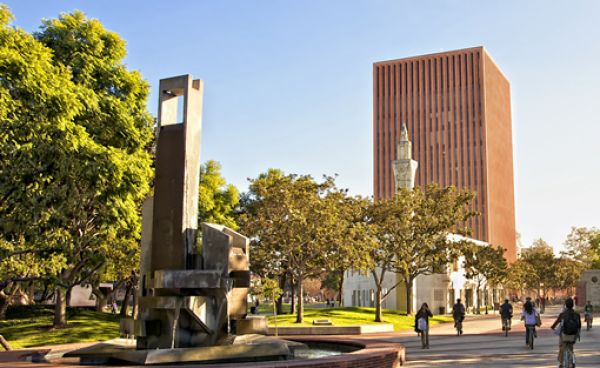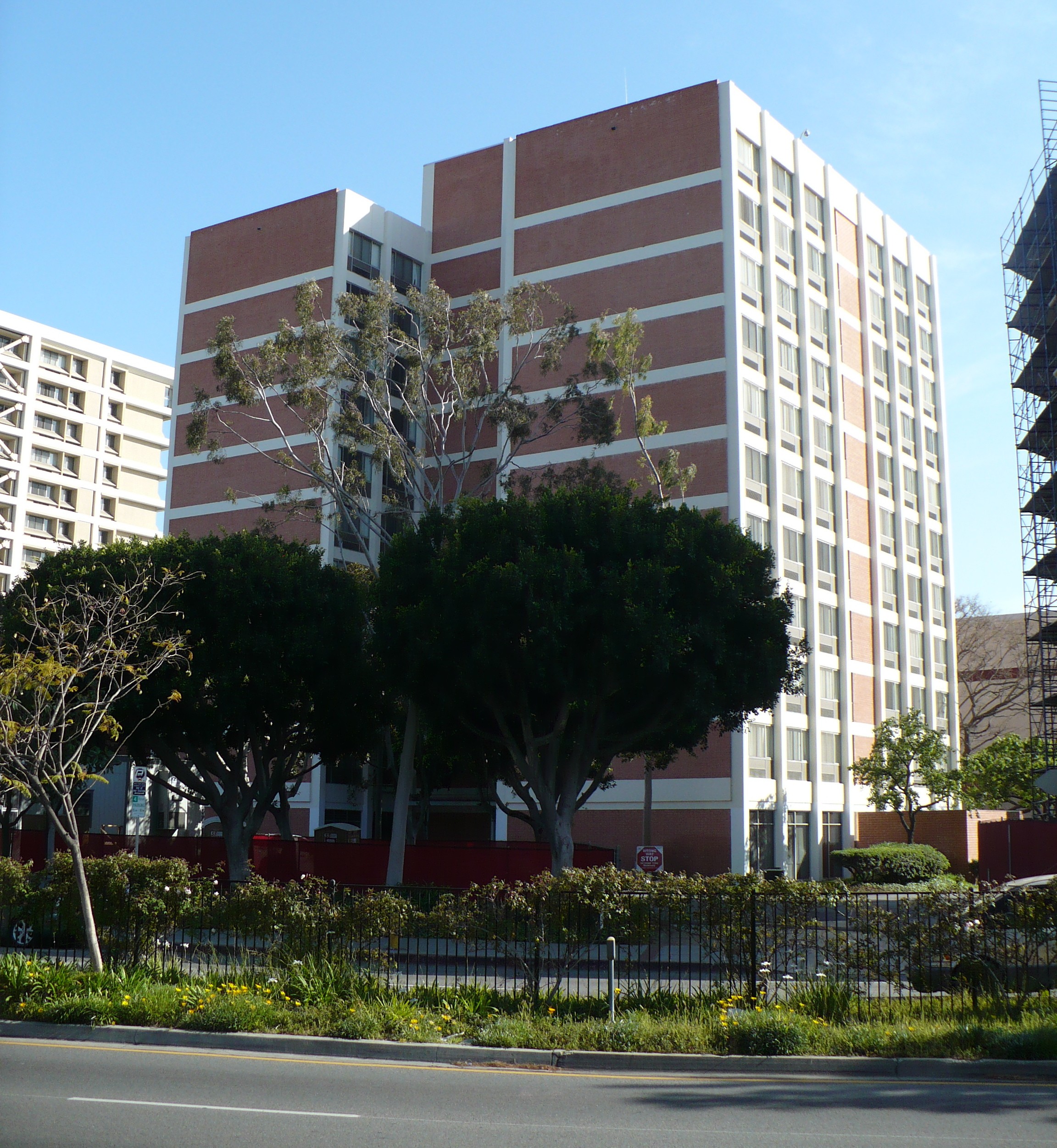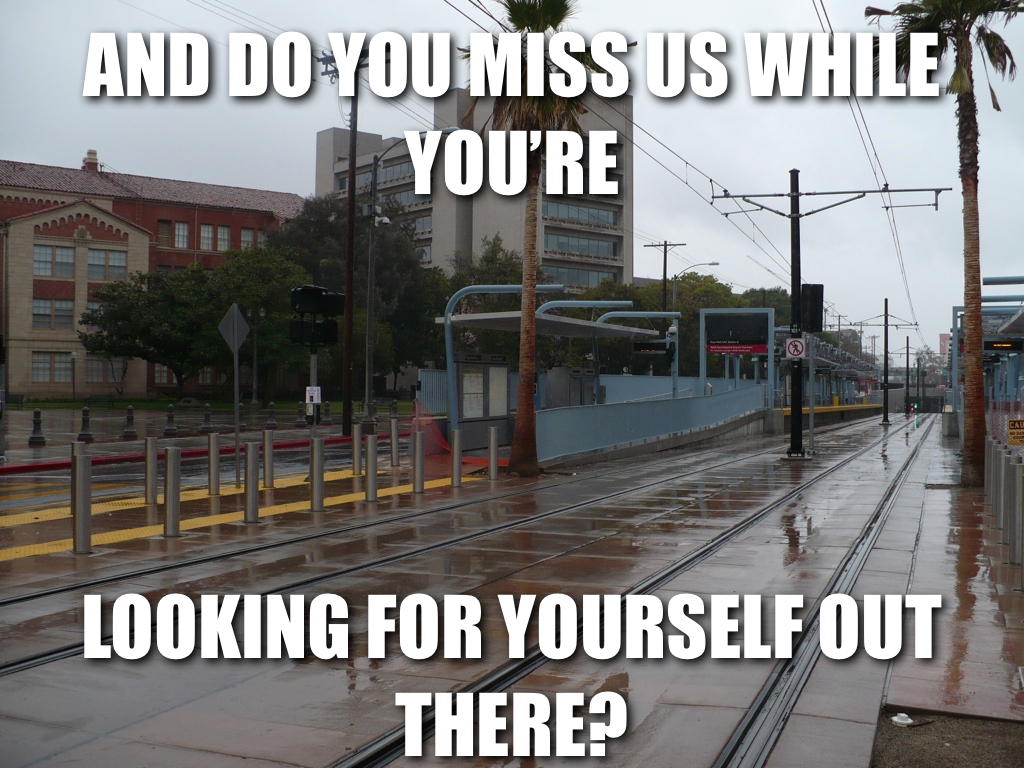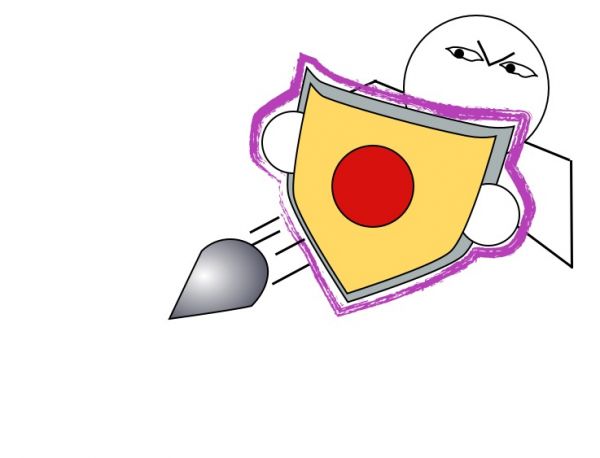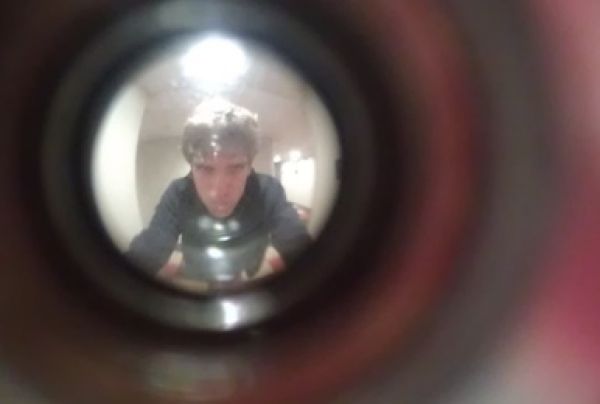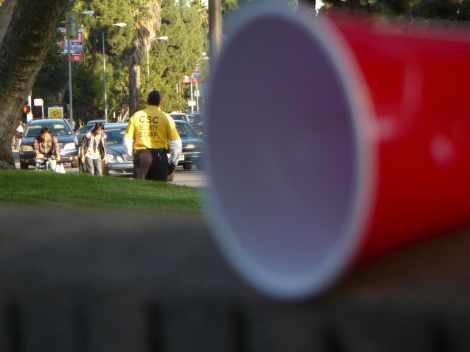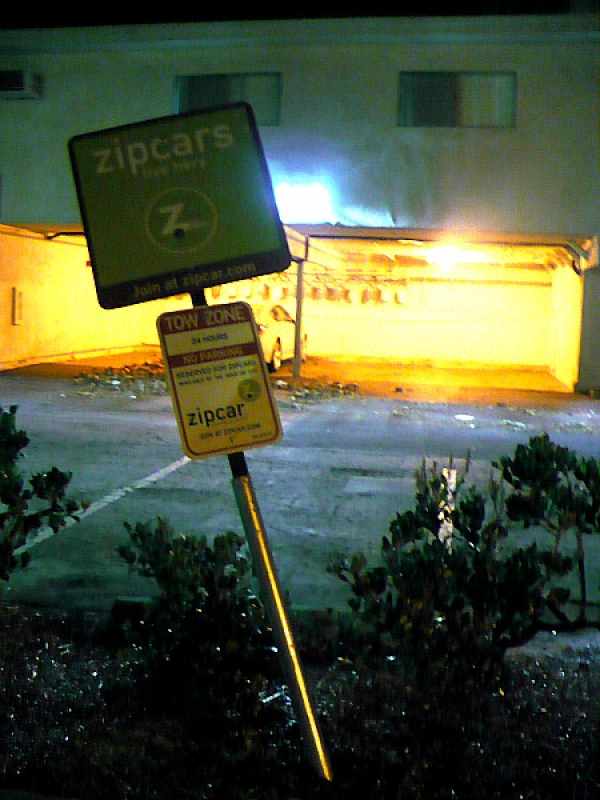 For the past day and a half, Los Angeles residents have been battered and buffeted by strong winds, with peak gusts near 100 miles an hour. Many trees fell, and several communities suffered water and power outages.
For the past day and a half, Los Angeles residents have been battered and buffeted by strong winds, with peak gusts near 100 miles an hour. Many trees fell, and several communities suffered water and power outages.
So far, media sources have designated this wild weather as another of the Santa Ana winds, widely considered a purely natural occurrence with no human origin. Early this afternoon, however, experts in social meteorology presented another possible explanation for the gusts of the last two days: finals crunch-time.
For the past three and a half weeks, college students have been blasted and bombarded with harsh deadlines, with peak page-counts near 25 double-spaced. Many late-game midterms fell on already busy days, and several classes suffered second and third papers.
A team from the newly founded Society for the Advancement, Discussion and Investigation of Social Meteorology, which endeavors to find causes for weather in the misery of human beings, had been studying a possible correlation between breakups and clouds in schools throughout Los Angeles with little real result when Wednesday’s winds went wild.
“At first, we assumed it was just another Santa Ana, but then we noticed something else,” SADISM team leader Wanda Hurcha told reporters as she leaned against her Search & Meteorology van earlier today. “We had been recording screams of student anguish in the afternoon, before the wind started. Activity peaked at four schools around 5:00 PM and remained high, and the peaks and troughs in the gust force four hours later coincided perfectly with peaks and troughs in the students’ decibel level. Basically, their pent-up frustration and pain, exhaled as screams, caused a minor climate shift and brought on the winds. It’s delicious!”
Hurcha’s enthusiasm for her studies was unmistakeable as she talked about the potential implications of the new findings. “What if the Santa Ana winds are in part, or even in whole, caused by the angst of students dominated by this educational system? Every year, their academic misery disrupts the climate, dragging cool air down from the mountains and causing the Santa Ana winds. Those, in turn, bring down positive ions, which ruin the mood of everyone around them, including the teachers, who have bad memories the next year! It’s a feedback loop! It’s wonderful, it’s remarkable, it’s so climactic–I mean, climatic.”
Hurcha’s husband and key pain recording tech, German-born social meteorologist Herrmann Forwuppen, continued in this line, outlining potential scenarios in other parts of the country. “Why do you think Seattle always has rain? There are meteorological explanations, but the utter despair of the people below has to factor in. And that freak snowstorm in Boston right around college midterms, it must have some beautiful connection to do with the suffering in that intense concentration of academia! It’s so exciting! I–“ At this time, Hurcha excused herself and her husband, telling reporters that they had to conduct further research. They disappeared into the Search & Meteorology van; instrument sounds, some not unlike riding crops, were later heard.
In spite of SADISM’s recommendations that the finals continue unhindered so the phenomenon may be better studied, NOAA has advised schools throughout Los Angeles County, including USC and UCLA, to lighten the burden during the semester. Though President Nikias has yet to comment on SADISM and its discoveries, Vice President of Student Affairs Michael L. Jackson says that they will most likely follow NOAA’s arc of lightening course loads. “As long as we see to the safety and comfort of our students, it doesn’t matter who’s wrong or right,” he told reporters.
(Photo Credit: Liz Luu)



